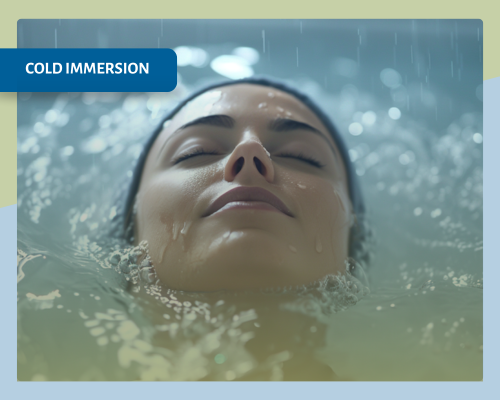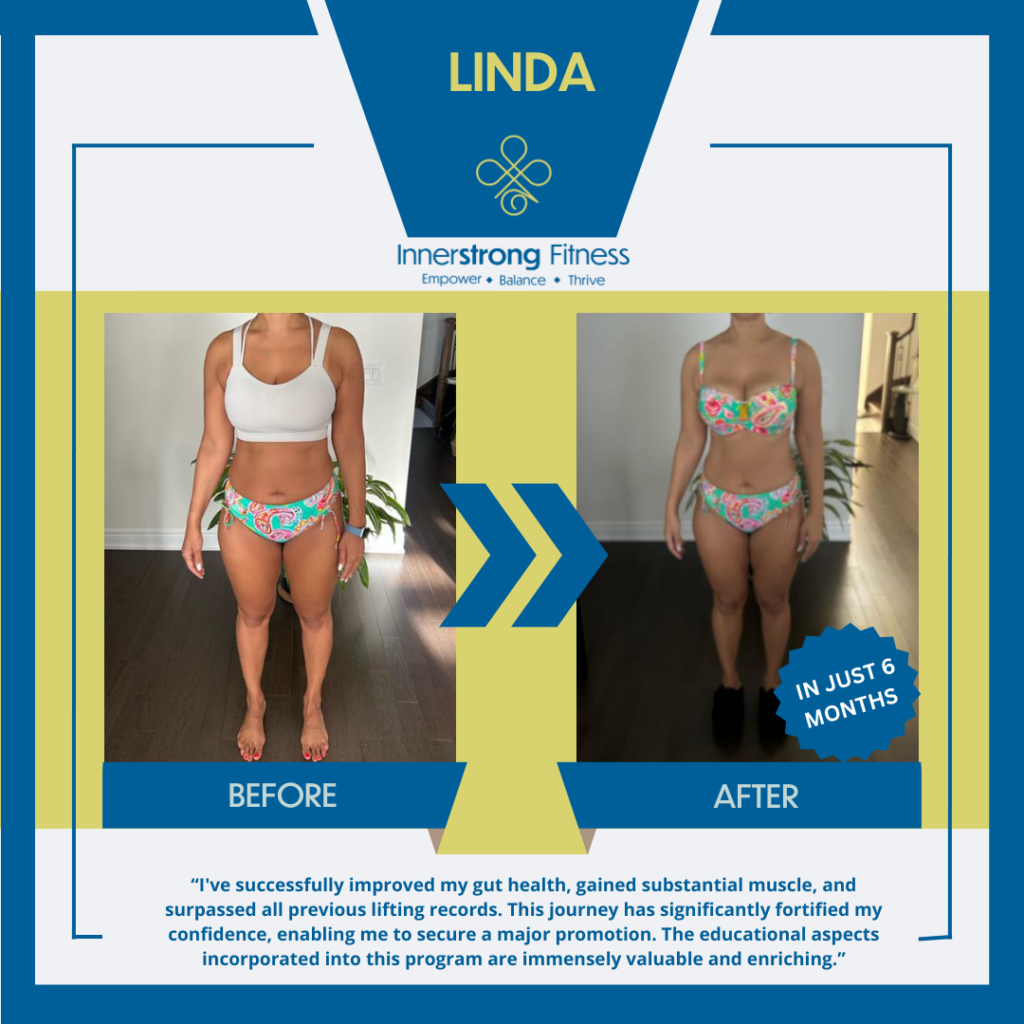In an era where wellness trends come and go with the seasons, cold immersion therapy has steadfastly captured the attention of health enthusiasts worldwide. From viral social media challenges to serene, solitary practices, the act of submerging oneself in ice-cold water is touted not just for its ability to forge mental toughness but for a plethora of health benefits that contribute to overall wellness.
Before diving into the icy depths, it’s key to consult a healthcare provider to ensure this practice aligns with your health status.
Here are the top four benefits highlighting why incorporating cold immersion therapy into your wellness routine could be a game-changer.
Mastering Pain and Enhancing Recovery
The age-old advice of using ice for pain finds its extreme application in cold immersion therapy.
By numbing nerve endings, cold water immersion effectively reduces pain and swelling, offering relief and facilitating the healing process. This practice can significantly decrease post-exercise muscle soreness and stiffness, aiding athletes in faster recovery and improved performance.
However, it’s essential to approach this therapy with balance. While beneficial for reducing pain and aiding muscle repair, excessive use after resistance training might impede hypertrophy.
Thus, moderation and proper timing are key to harnessing the pain management benefits of cold immersion without hindering muscle growth.
Combating Inflammation
Inflammation, whether acute or chronic, is a common adversary in our health journey, often manifesting through fatigue, pain, and decreased energy. Cold immersion therapy shines as a potent anti-inflammatory tool, particularly effective in managing exercise-induced inflammation and aiding those with autoimmune conditions in managing symptoms of chronic inflammation.
The science behind this involves the body’s inflammatory response to injury, where cold therapy helps limit the initial swelling, thereby facilitating quicker healing and muscle repair through the action of immune cells like macrophages.
Boosting Mood and Cognitive Function
Beyond its physical benefits, cold immersion therapy has a profound impact on mental health. The practice has been linked to reductions in depression and anxiety, improvements in mood, and enhanced cognitive function. This is attributed to the release of norepinephrine, a neurotransmitter that plays a pivotal role in mood regulation.
Incorporating breathing techniques with cold therapy can amplify these benefits, offering a holistic approach to stress management and mental clarity. Controlling one’s breath under the stress of cold exposure trains the mind and body to handle stress more effectively, promoting a sense of calm and resilience.
Enhancing Cardiovascular Health through HRV
One of the most intriguing benefits of cold immersion therapy lies in its impact on heart rate variability (HRV), a marker of cardiovascular health and stress resilience.
HRV is a fascinating measure that tells us how our heart rate fluctuates over time. It’s not about how fast or slow our heart beats, but rather the slight variations in time between each heartbeat. These variations are influenced by our autonomic nervous system, the part of the nervous system that controls involuntary actions like breathing and heartbeat.
HRV is an excellent indicator of our body’s ability to handle stress and recover from exercise. High HRV means our body is more resilient and adaptable to stress, while low HRV can indicate stress, fatigue, or even potential health issues.
By stimulating the vagus nerve, which plays a crucial role in regulating heart rate, cold therapy can improve HRV, indicating a healthier, more adaptable cardiovascular system.
To reap the full cardiovascular benefits, immersion should be more than a mere dip; a full submersion up to the neck is recommended. For those new to the practice, starting with short durations of around three minutes can still offer significant benefits.
Starting Your Cold Immersion Journey
For beginners, the key is to start small and gradually increase exposure. A brief one-minute session is sufficient for those looking to dip their toes into the practice.
For individuals aiming to maximize recovery and enhance blood flow, contrast therapy—alternating between cold immersion and sauna sessions—may offer additional benefits, a topic worth exploring in future discussions.
Final Thoughts
Cold immersion therapy presents a unique blend of challenge and reward, offering a range of benefits from pain management and inflammation reduction to mental health support and cardiovascular improvement. As with any wellness practice, individual experiences may vary, and it’s crucial to listen to your body and consult with healthcare professionals to tailor the practice to your needs.
Whether you’re seeking to enhance athletic performance, boost your mood, or explore new wellness frontiers, cold immersion therapy could be a refreshing addition to your routine.











